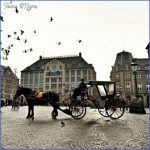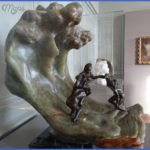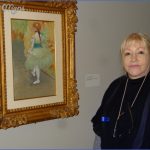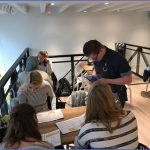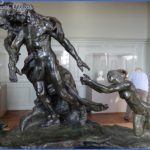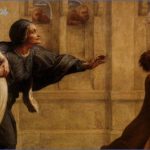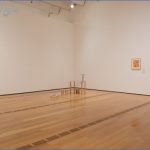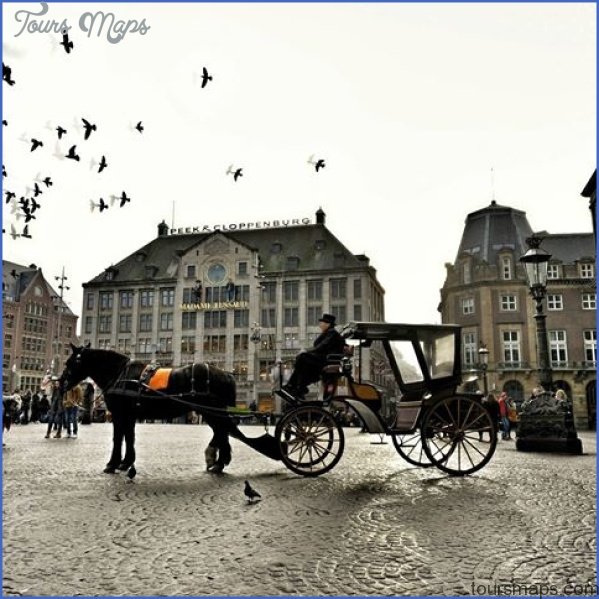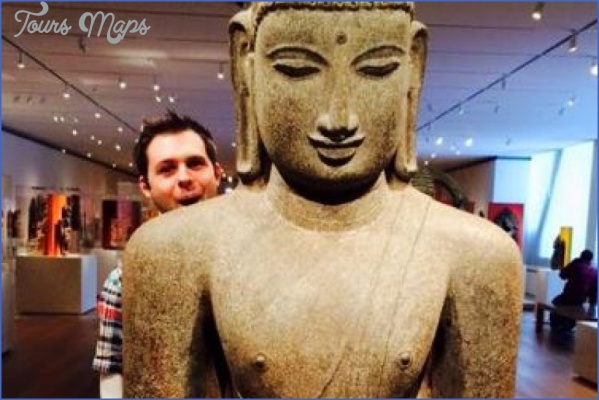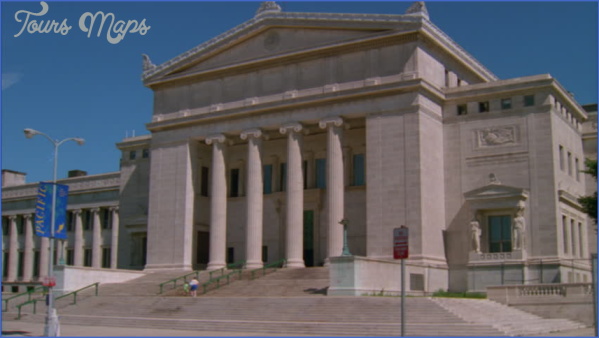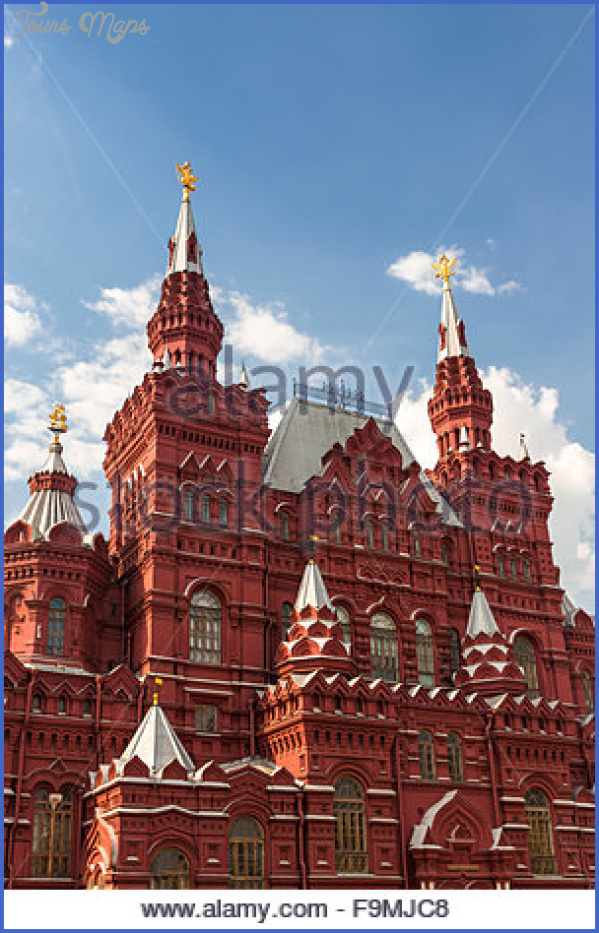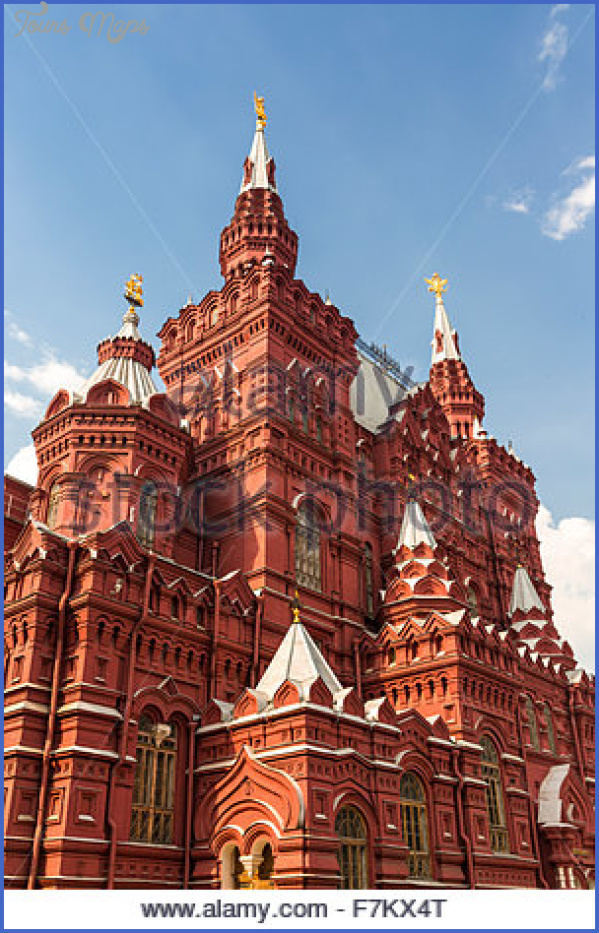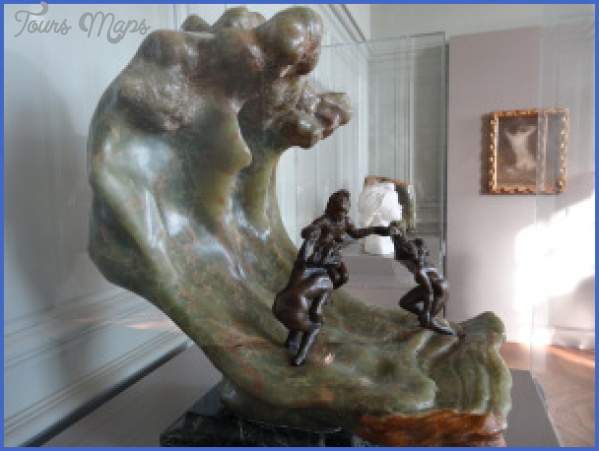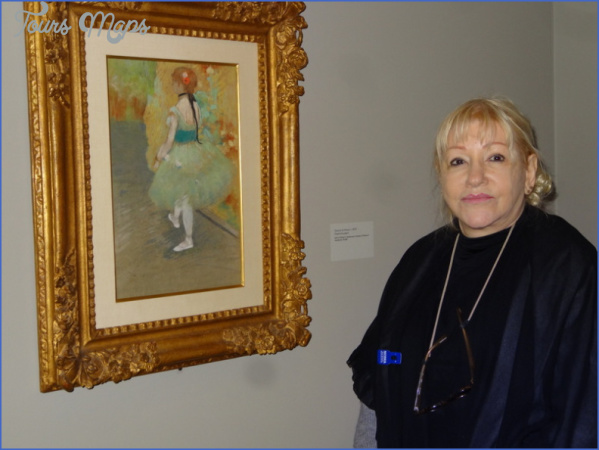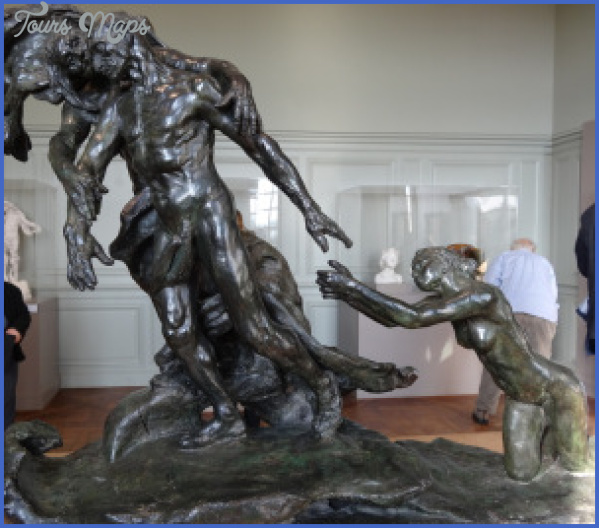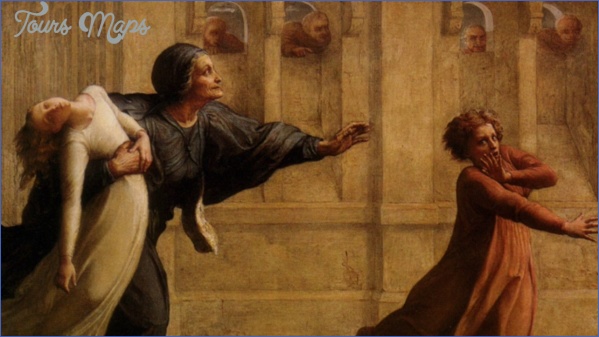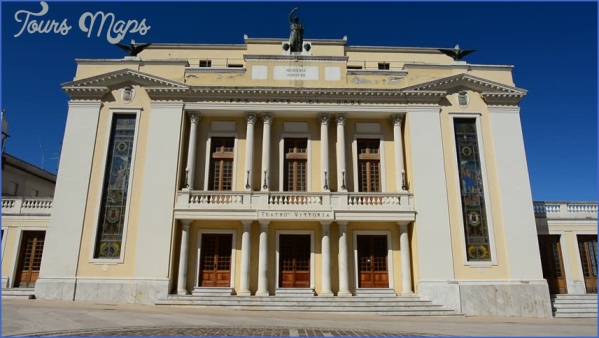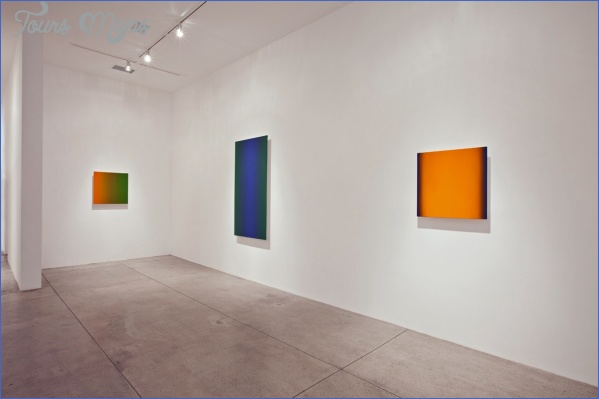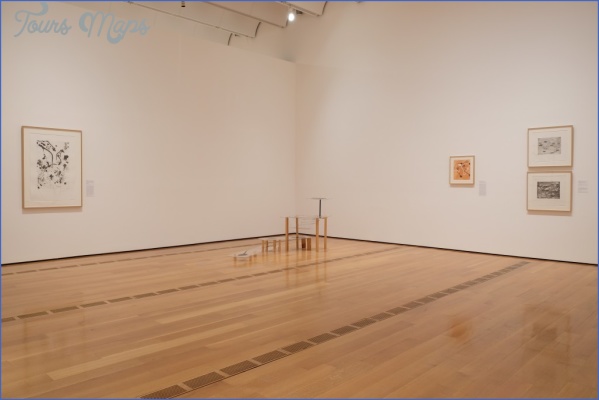TOSTI MUSEUM
The title ‘Tosti’s Goodbye’ will have some resonances for older readers of this book. But the name of Sir Francesco Paolo Tosti is less familiar now than it was a century ago. Born in 1846 in Ortona, in the Abruzzo, he studied in Naples, with Mercadante among others. Back in Ortona, he sang for a time in the cathe- dral of St Thomas the Apostle; later he moved to Ancona and then (in 1870) Rome, where he was helped by D’Annunzio and Sgambati and became singing teacher to Princess Margherita of Savoy, later Queen of Italy. His career was initially as lyric tenor, teacher, organist and pianist. Composition came later, and many of his songs – ‘Ideale’, ‘Marechiare’, ‘La serenata’, ‘L’ultima canzone’ – soon became, and still remain, firm favourites among lyric tenors.
TOSTI MUSEUM Photo Gallery
Tosti first visited London in 1875. Five years later he had settled there, as singing teacher to the royal family; he was a particular favourite of Queen Victoria’s and arranged many of her musical evenings. He also taught at both the Royal Academy of Music and the Royal College. He lived mainly in the West End, in a flat in what is now the Mandeville Hotel, just off Wigmore Street, where there is a commemorative green plaque. His many songs, essentially ballads for voice and piano infused with an Italian charm and lyrical warmth, were much loved in England. In 1906 he became a British subject, to please his friend Edward VII, and two years later he accepted a knighthood. But after the king’s death there was nothing to keep him in England and he retired to Rome, where he died in 1916. Tosti is fondly remembered in his native town. Ortona is a small port on the Adriatic, just south of Pescara. Like more than threequarters of the town, the house in which he was born was destroyed in World War II. But he is commemorated, principally at the Palazzo Corvo, which stands in the main road, Corso Matteotti, leading from the central Piazza della Repubblica towards the sea. Since 1994 this building has housed the Biblioteca Musicale Abruzzese and a centre for research on the music of the Abruzzo as well as the Istituto Nazionale Tostiano, which, founded in 1983, holds a substantial Tosti archive and supervises the Tosti museum set up in the Palazzo in 1994. Until 2003 the museum consisted of a single room, but with the acquisition of many of Lady Tosti’s personal memen- toes, through the donation of her nephew, and of items held by Tosti’s own nephew, it was then redesigned and moved to two larger rooms on a higher floor.
One room is a handsome reconstruction of a drawing-room-cum-studio of Tosti’s time, using his own furniture and original portraits. The other is a display room, attractively and imaginatively laid out, with a wide range of exhibits to outline the life of a man who was clearly benign and well-loved. There are photographs of Tosti’s family and his colleagues, drawings and caricatures (by artists as diverse as Spy, Caruso and Beerbohm), and a variety of documents, including English newspaper cuttings, invitations to royal events, and telegrams to his widow on his death from Queen Alexandra, Puccini, Leoncavallo, Mascagni, Cilea and D’Annunzio among others. Several of his manuscripts are shown as well as printed copies of many of his songs, often with attractive Art Nouveau title-pages, among them early Ricordi editions (Giulio Ricordi was a close friend and Tosti helped the firm in London) as well as that firm’s new edition of his songs (to Italian, English and French texts), currently being published in 14 volumes under the editorship of the Istituto. There are a number of personal possessions, and a wooden model of the monument by a local sculptor, a bust in which Tosti is encircled by the Muses, put up near the harbour in Ortona in 1927. In Tosti displays at Ortona 1960 Tosti’s remains were brought to Ortona from Rome and he was reburied in a place of honour near the entrance to the town cemetery, with a further model of the bust on his tomb.
The museum also holds archives of the local composer Guido Albanese and the baritone Giuseppe De Luca, whose costumes and other personal items are shown in a smaller display room.
Maybe You Like Them Too
- Explore Angleton, Texas with this detailed map
- Explore Blavozy, France with this detailed map
- Explore East Lindfield, Australia with this detailed map
- Explore Bonferraro, Italy with this detailed map
- Explore Doncaster, United Kingdom with this detailed map

